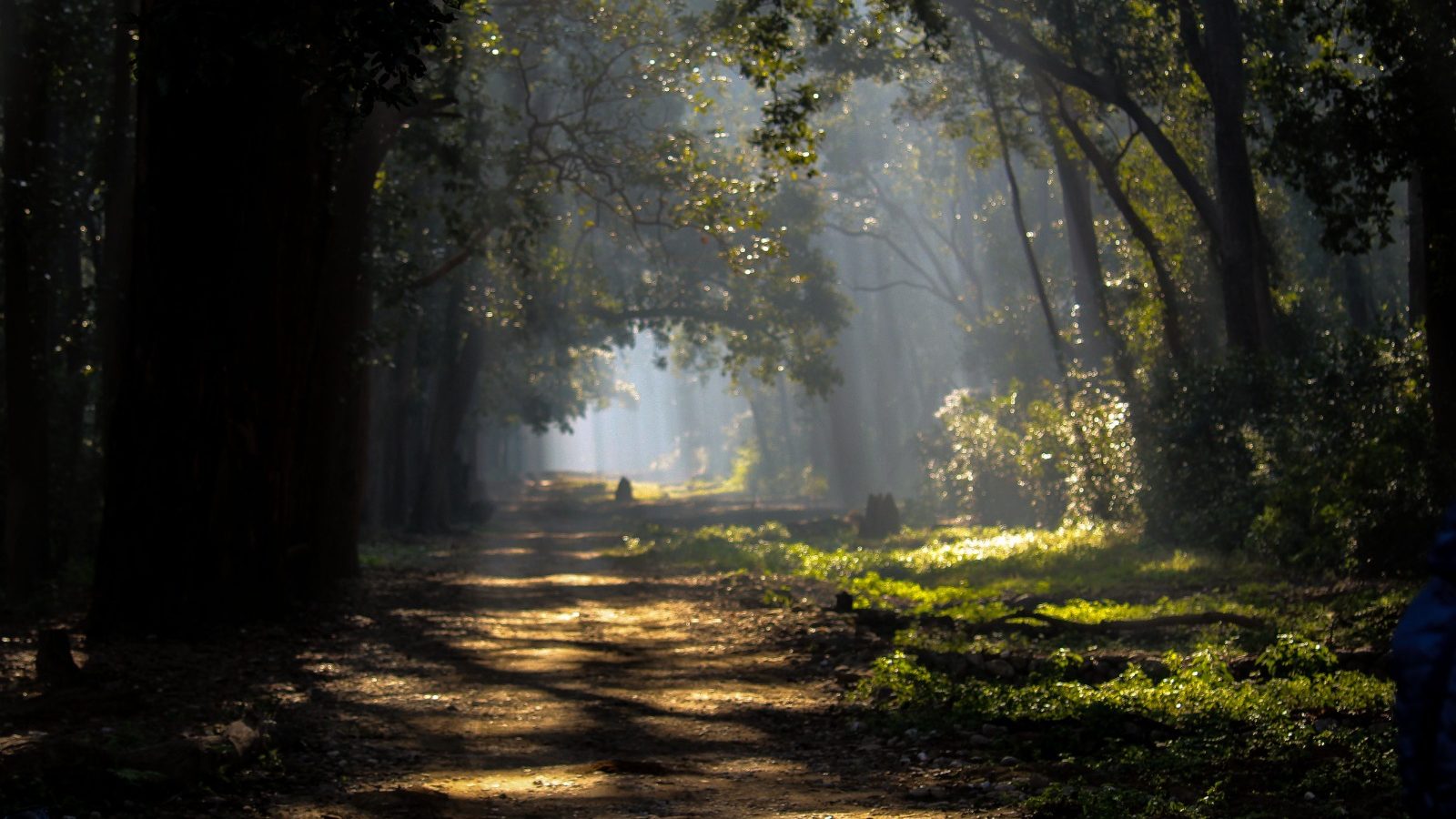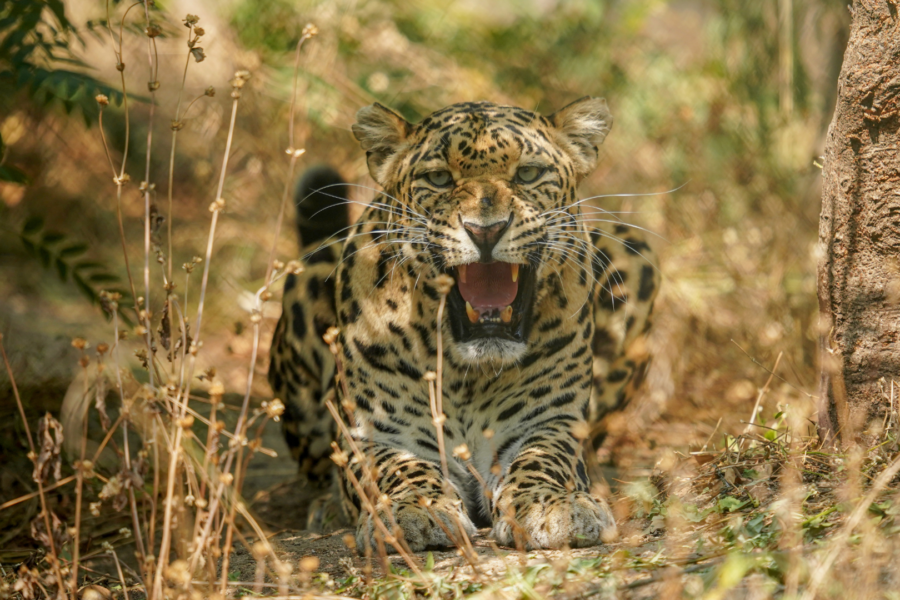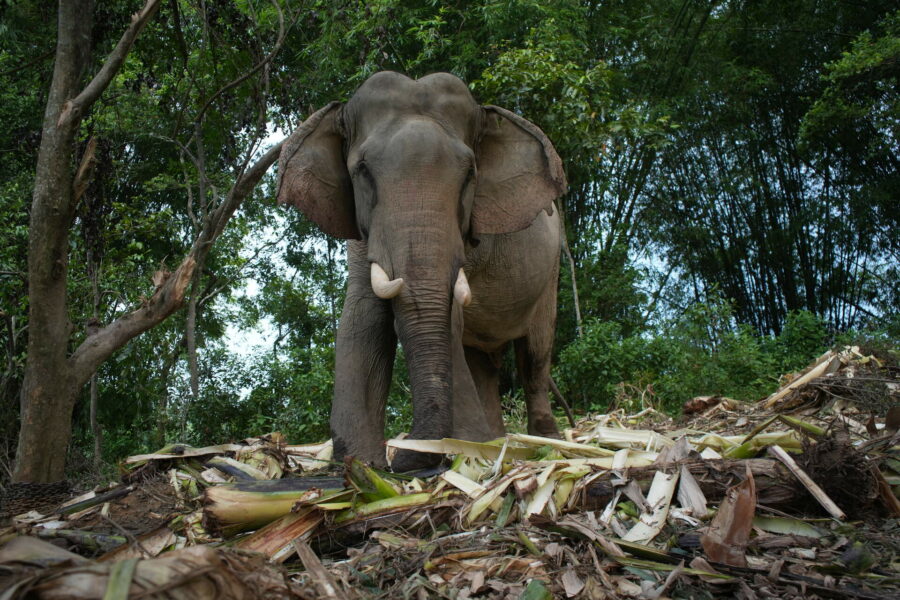“A picture speaks a thousand words.”
More often than not, one single picture can impact people in a way that words cannot. This is the power of photography, where an image can speak for itself as it reaches out to a vast and widespread audience. Iconic photographs have long reflected and empowered worldwide causes, including wildlife conservation. The latter has heavily relied on this visual medium to create sensitivity among people towards nature and its flora and fauna. On World Photography Day 2024, let’s explore how photographs can create social impact for wildlife conservation.
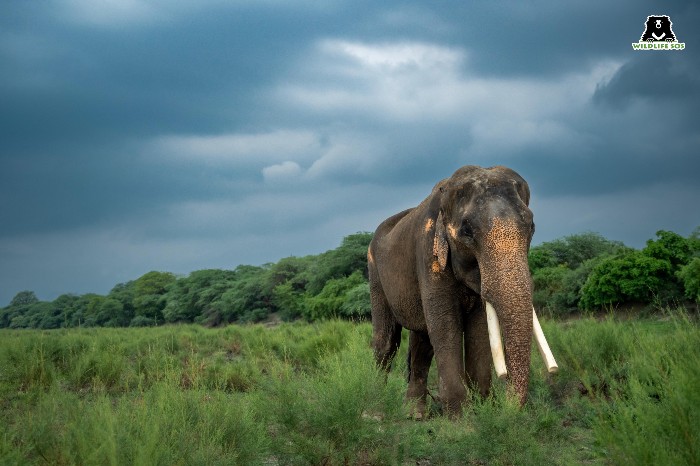
1. Photographs Spread Awareness!
Almost everyone is deeply involved with the use of social media and are scrolling online for most part of the day. People from the millennials, Gen Z and Gen X generations now find themselves inseparable from different platforms of social media, where they get information or news updates from. Social media therefore has opened up a huge opportunity for photographers to come forward and display their images that are more likely to reach a larger audience in comparison to physical exhibitions.
Wildlife photographers are using social media to their advantage as well, and their pictures have managed to create a large-scale impact. Professional photographers in this field are more than often well aware of the threats wild animals are facing in today’s day and age. They strive to bring these to our attention by posting moving images online for the world to see. Photographs can also serve as evidence of how human activities have dreadfully affected animals. Many environment and nature photographers have managed to showcase the voiceless side of conflict situations by capturing images of deforestation and habitat loss that causes human-wildlife encounters.
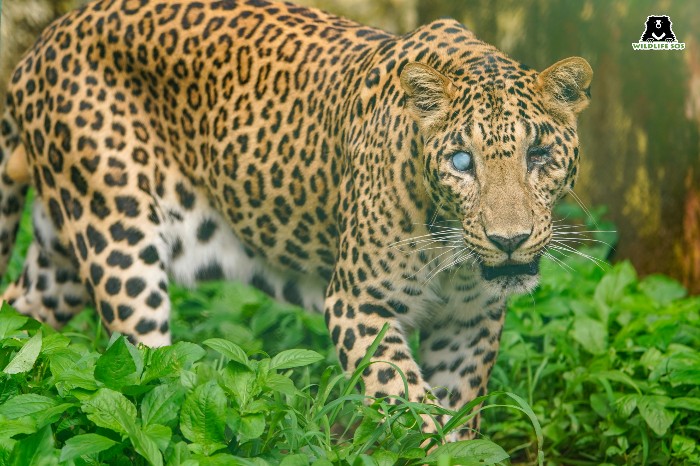
2. Ethical Photography is a Pillar of Wildlife Tourism
There have been many debates over the last few years of whether wildlife tourism is good for the environment and its wildlife or not. While it is great to visit national parks and sanctuaries to observe wildlife and gain significant knowledge, it is important to also follow ethical guidelines to not disturb nature and its occupants.
Wildlife photography, if performed in an appropriate manner, can promote ethical wildlife tourism. Understanding the guidelines of a jungle before entering it and knowing how to respect the wildlife present there can help photographers achieve what they require. Photographs of animals clicked in their natural habitat, without disturbing their routine or behaviour, can generate both interest and awareness about the species, making conservation efforts more impactful.
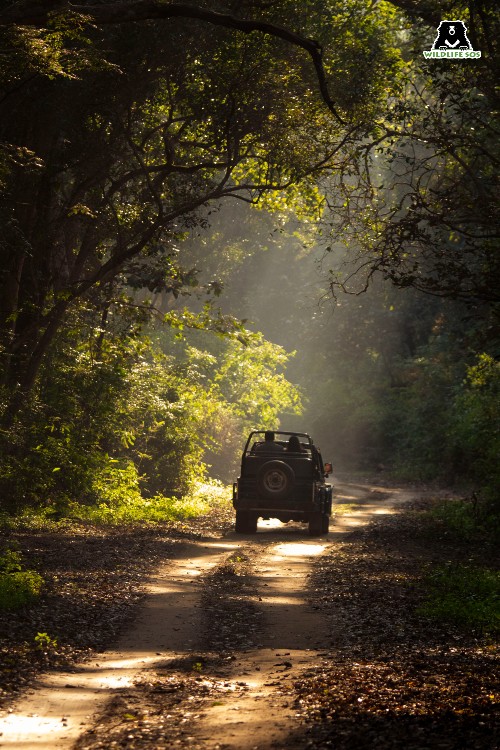
3. Images Reveal Secrets from the Wild!
Photographers are curious by nature, and are always eager to come across what hasn’t been seen before. Which brings us to one of the major roles photography plays in conservation — the discovery of new species! Wildlife photography prompts people to visit more national parks or jungles that haven’t been explored before. From research-oriented perspectives, this helps photographers to present visual records of areas they cover, and while clicking such images, they often stumble upon new or rarely spotted species of animals as well as plants.
Such revelations are extremely important to the ecologists that are studying an area, as pictorial evidence provides them with a comprehensive outlook about the habitat, and the animal and plant species that reside in it. Acquiring holistic knowledge is the first and the most crucial step towards strategising wildlife conservation initiatives.
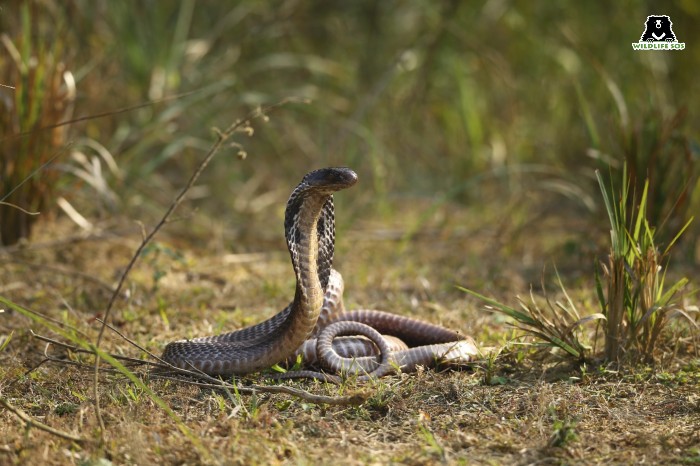
4. Wildlife Photography Aids Research for Conservation
Wildlife documentary filmmakers, animal biologists and nature conservationists are some among many that need to conduct research on their subject before carrying out their exemplary tasks. A crucial part of being a wildlife photographer of a research team is observing animal behaviour and tracking their daily movements. Through a stock of pictures, one can assess an animal’s behaviour pattern in its habitat. Photography helps in capturing animals in the wild exhibiting their natural tendencies and instincts, how they interact with their own species and their environment, and how they go ahead with hunting, mating, and raising their offsprings so that mindful strategies can be devised to safeguard wildlife.

5. Images Uncover the Truth!
One of the main objectives of photography is to show what often remains unseen by most of us. When it comes to wildlife and conservation, there are numerous facts that many of us are unaware about and hence, we assume that they do not exist. Photographers can seize the moment with their device to tell us real, hard-hitting stories from the world.
Many photographers often showcase their work on deserted lands, cut down trees, poaching, illegal trade, and many different, traumatic situations that enlighten the minds of many. Such realities are bound to leave an indelible mark on the audience, and instil a feeling of empathy towards animals and the environment.
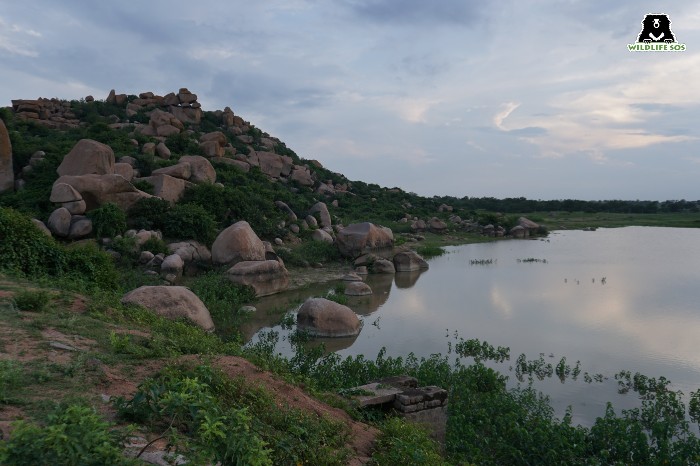
Photography is a remarkable skill that can open one’s eyes to the wonderful world that exists around us. With the purpose of encouraging our readers and followers to specifically explore the avians in their surroundings, Wildlife SOS invited image entries from across the globe on the occasion of World Photography Day. We have received an overwhelming response on the theme ‘Eyes in the sky’!
Out of the many spectacular pictures we received, here are the winning photographs for the contest!
Congratulations to all our winners!

